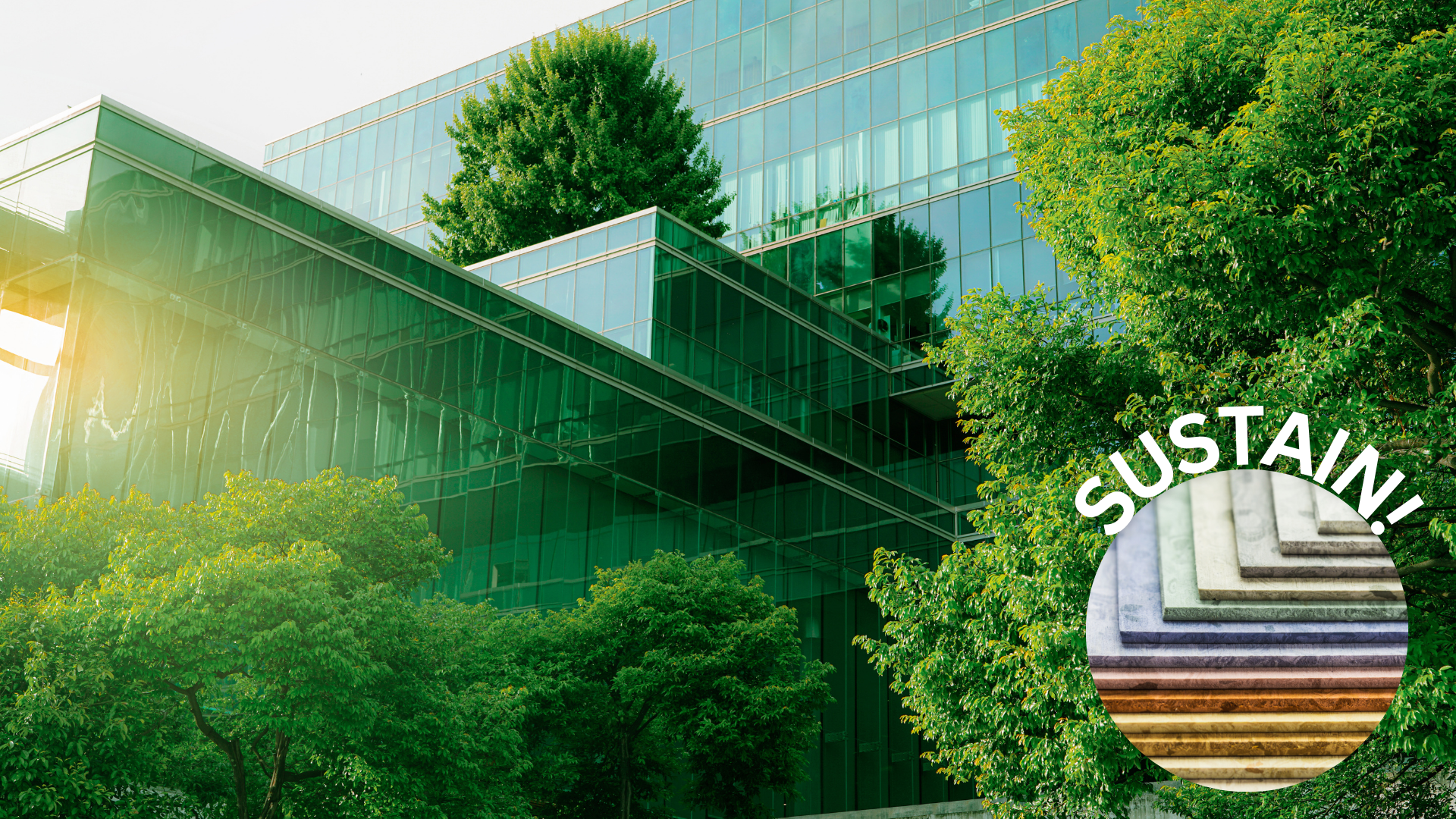India is experiencing a housing boom and fast urbanization, which is fueling an increase in demand for building supplies, especially flooring. The adoption of sustainable flooring solutions is crucial to address the environmental difficulties posed by traditional alternatives and to foster long-term ecological equilibrium. This change is critical to India’s progress and economic expansion.
“India’s economic growth and fast urbanization are causing rapid growth in the housing sector. As the growth continues, a surge in demand for building materials, especially surface covering materials (wall panels, flooring) is bound to happen. As the Indian landscape grows, the significance of sustainable materials cannot be overstated. Our environment tomorrow will be greatly impacted by the decisions we make now,” says Dinesh Vyas, leading building material expert and co-founder of OTF.
Is it overhyped or does India need the shift?
India has become the most populous country in the World with proportionately less land. Our natural resources and ecosystems are under tremendous pressure due to rapid growth on all fronts. While it is true that India has not been a big polluter to the environment at the Global level, ignoring its environmental obligations is not wise.
Securing a healthy, successful, and habitable future for Indians should be a priority, and reducing carbon footprints suggests looking at the materials we use for developing enclosed spaces; from houses to airports. Awareness and efforts in all directions including building materials is a genuine need.
Read this Article also: Tile Adhesive and Grouts | Untapped Potential in India
There is a cost associated with our existing reliance on materials like concrete and synthetic vinyl floors. Concrete manufacturing contributes considerably to greenhouse gas emissions, while plastic and vinyl products pollute the interior environment. Recycling is limited.

The amount of wall and floor coverings required for India’s expanding residential population makes the environmental effect irrefutable. Moreover, the clearing of forests to fulfil the demand for wood floors raises even more concerns.
One of the biggest users of energy and natural resources is the building sector. The expansion of the housing industry in India increases this need, thus we must reconsider the flooring materials we use. Several factors emphasize the need for review.
Conventional Flooring Materials and Sustainability
Let us look at sustainability factors associated with some of the conventional materials to set the context.
Natural Stone is not sustainable flooring

The biggest issue is irresponsible mining. Charm for large-size seamless slabs means a huge wastage of material which goes into low-value utilisation. Vanishing hills, lost biodiversity, deforestation, and land degradation are visible. Conservation is the need of the hour.
Wood and wood-based products
Although there is awareness and efforts in renewability, more is needed. Importing solid wood is also not the real solution. The use of harmful chemicals in manufacturing to finishing is also a grave concern for health.
Concrete and Cement Products
Concrete in various forms, is the World’s most consumed material, after water!

“While it’s a matter of pride to become the 2nd largest producer of cement and celebrate the 4-billion-ton market size, let us acknowledge the fact that with every ton of cement, our atmosphere gets an almost equal quantity of Carbon Dioxide! If we are aware, some optimization ways may come up for needed conservation,” asserts Dinesh Vyas.
Vinyl, Laminate, and Carpets
Most of such products are known to release harmful substances in their production process as well as during their service life.
In general, most modern flooring materials have one or more reasons for concern which may include high fuel and energy consumption and transportation-related carbon footprints.
Way Forward for Sustainable Flooring
It is good to see that in all material and design forums, sustainability has become an important topic. Few manufacturers are responding to the concerns and exploring more sustainable flooring products.
The major task is to educate homeowners, designers, and developers about the issues and alternatives and encourage them to try sustainable products. However, the cost of alternatives could be challenging apart from set expectations of finish and designs. There is a chance that some unique initiatives may get lost due to unawareness and less than required marketing efforts.
Buy this Book: MODERN CERAMIC TILES: A Handbook for Professionals
Some of the measures that can help include
- Alternative Fuels and Energy Efficiency in production
- Emphasis on renewable resource-based products like Bamboo, cork, linoleum
- Innovative recycled products
- Government Initiatives, guidelines, incentives
- Industry collaborations and
- Consumer awareness campaigns
“Customers are becoming conscious of how their decisions affect the environment. As experts in the field, it is our responsibility to set the standard for providing environmentally friendly and aesthetically pleasing sustainable flooring solutions. We can reduce our carbon footprint and create healthier living environments by funding the development of sustainable flooring materials,” concludes Dinesh Vyas.


